Our Stories
Recent Articles
History & Discoveries
The Original Olmsted Trees
Celebrating the history of tree planting and tree preservation at the U.S. Capitol Grounds by highlighting some of the oldest trees on the grounds.
History & Discoveries
Jefferson Finds Capitol Inspiration in City of Light
Thomas Jefferson, inspired by skylights he saw in Paris, prevailed upon the Architect of the Capitol to include something similar in the U.S. Capitol's new chamber for the House of Representatives. However, all the skylights came to an untimely end.
History & Discoveries
Evolution of Women in Art at the U.S. Capitol
An in-depth look at the evolution of women in art at the U.S. Capitol.
History & Discoveries
Capitol Illumination
Learn more about the history of lighting this iconic building including the part of the Dome called the "tholos."
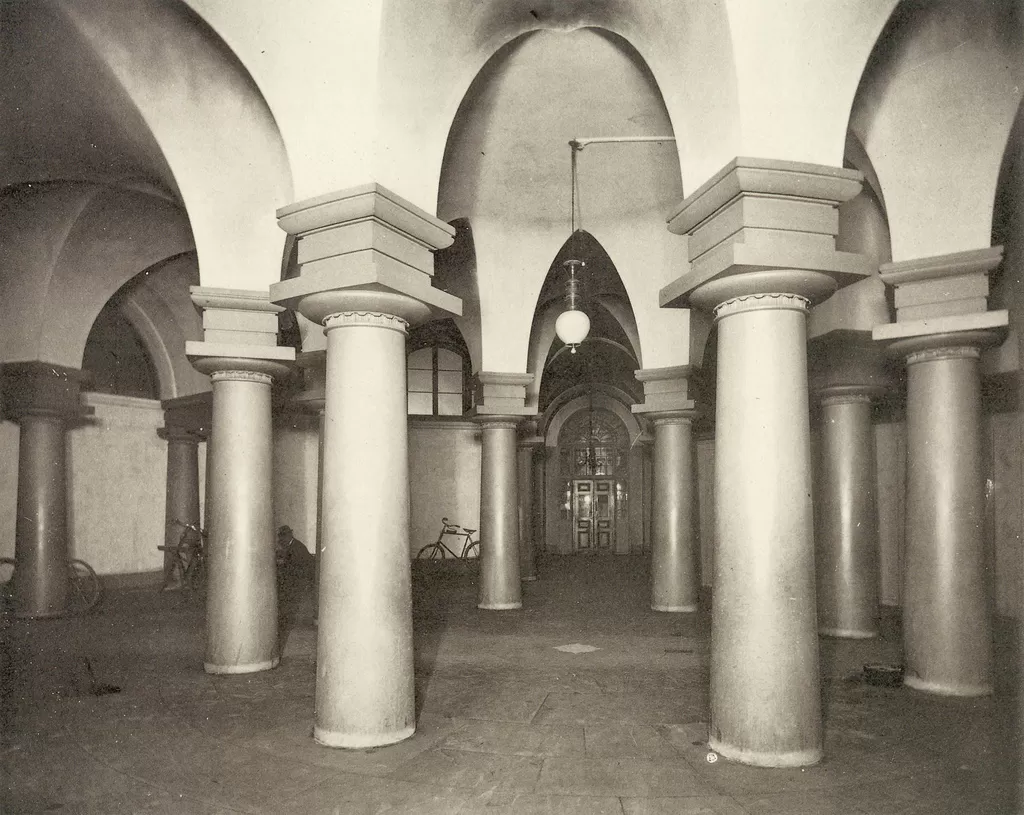
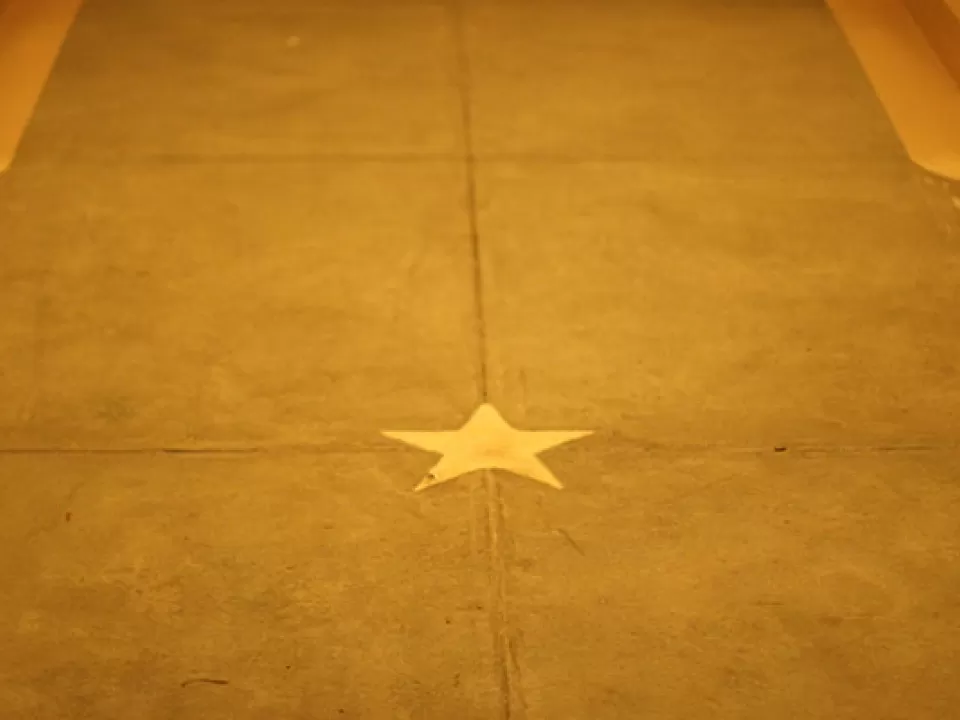
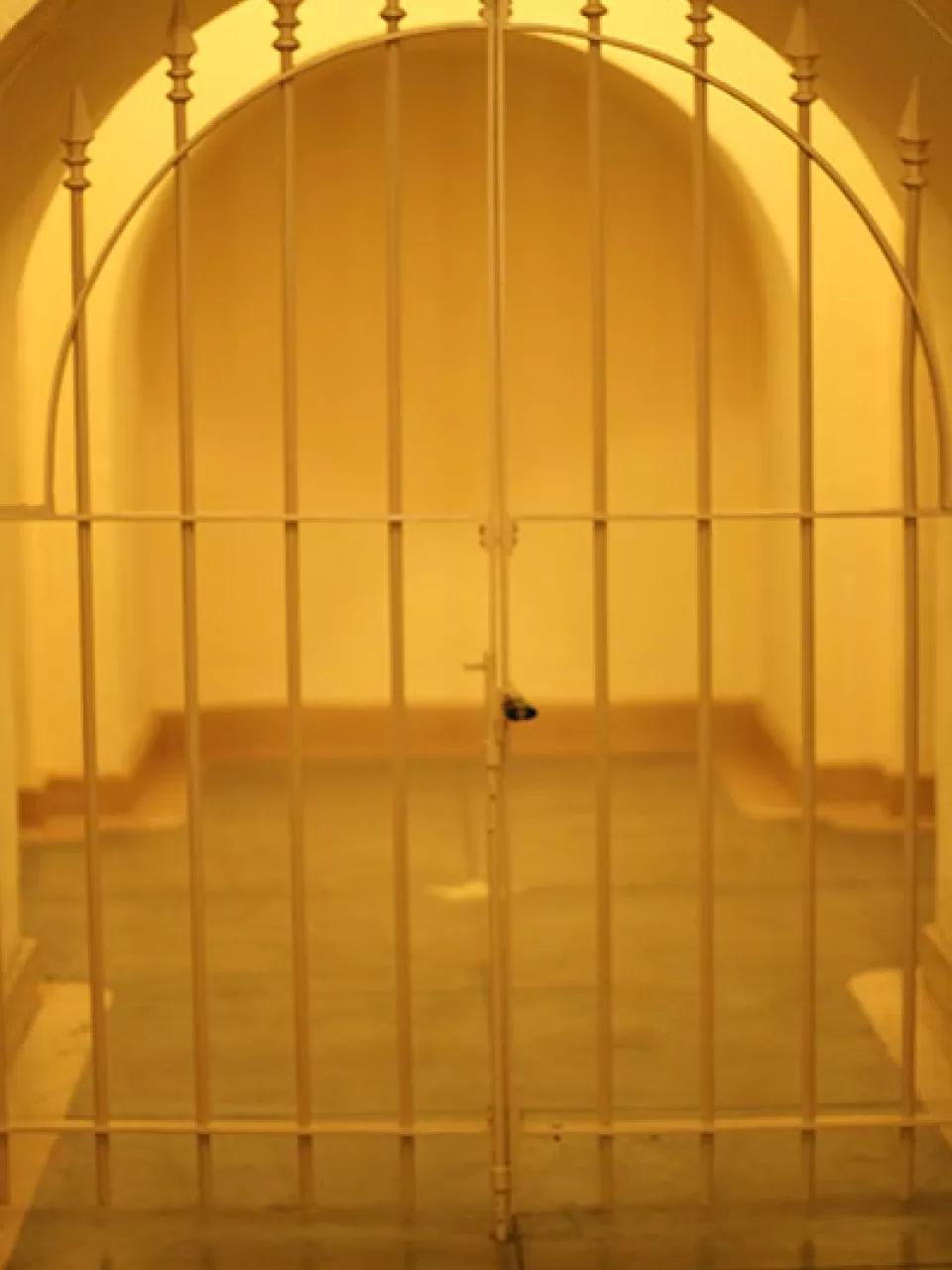
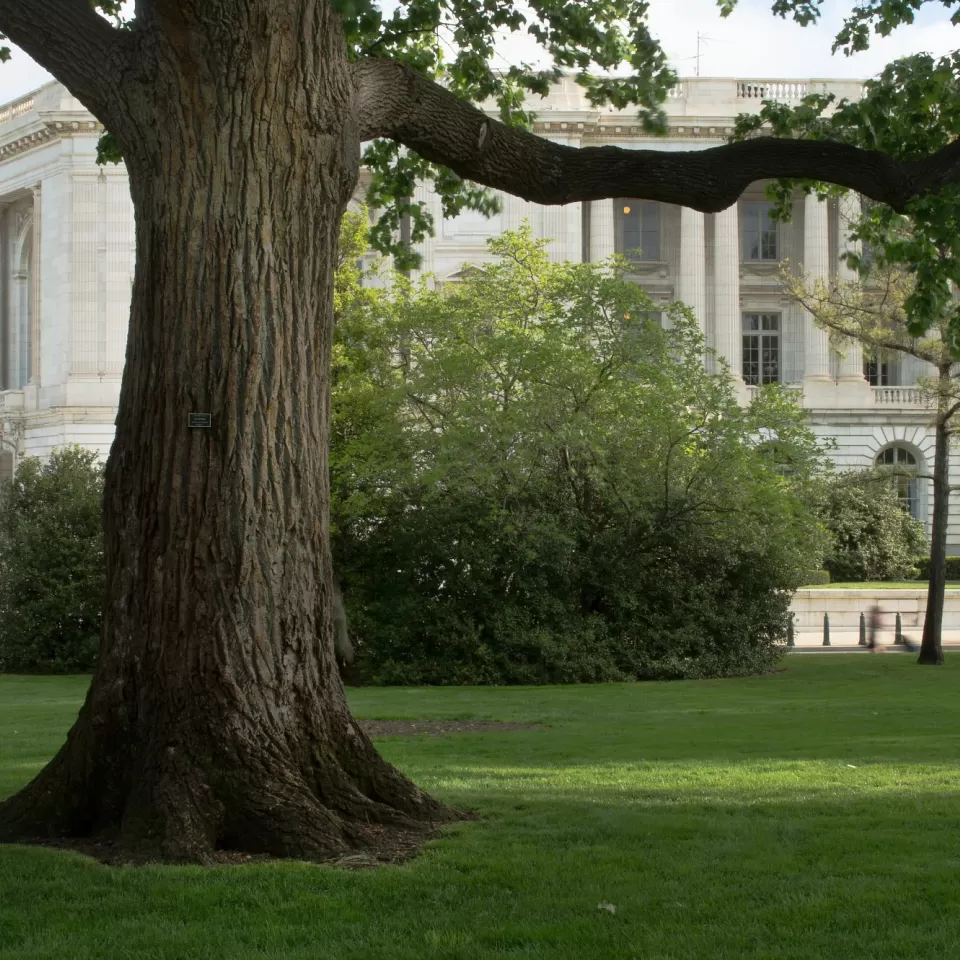
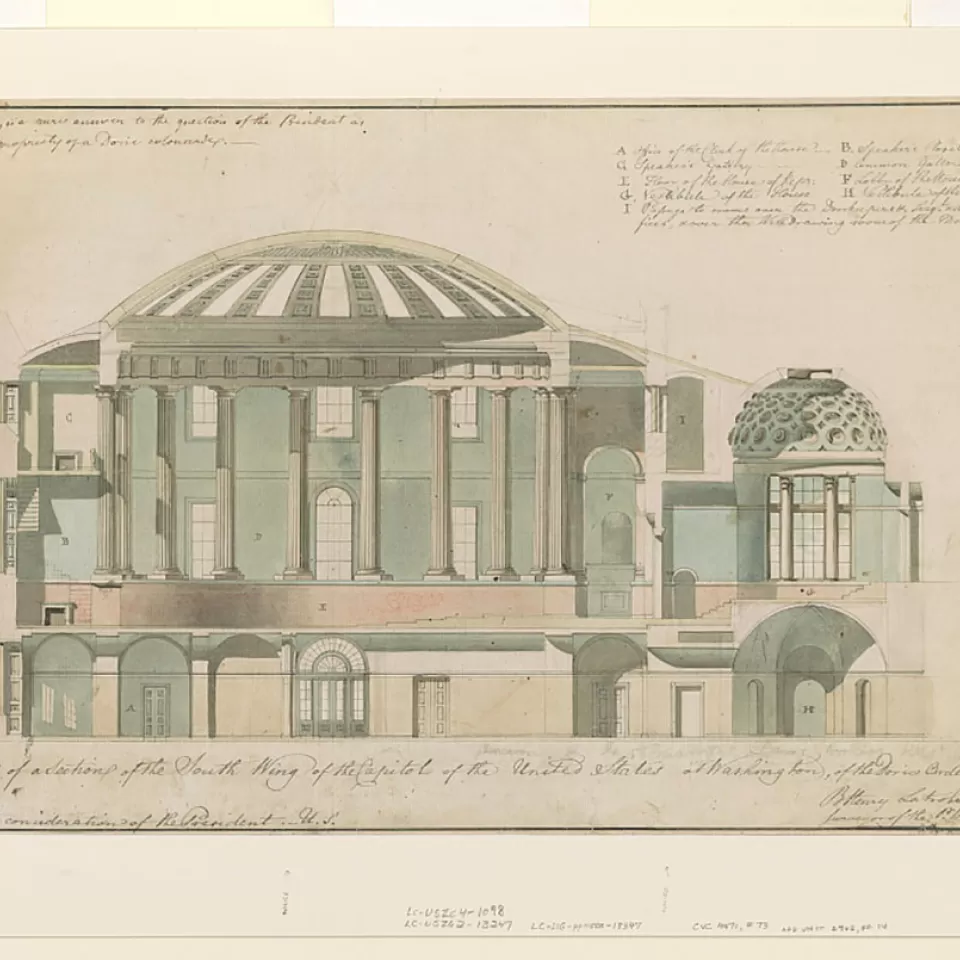
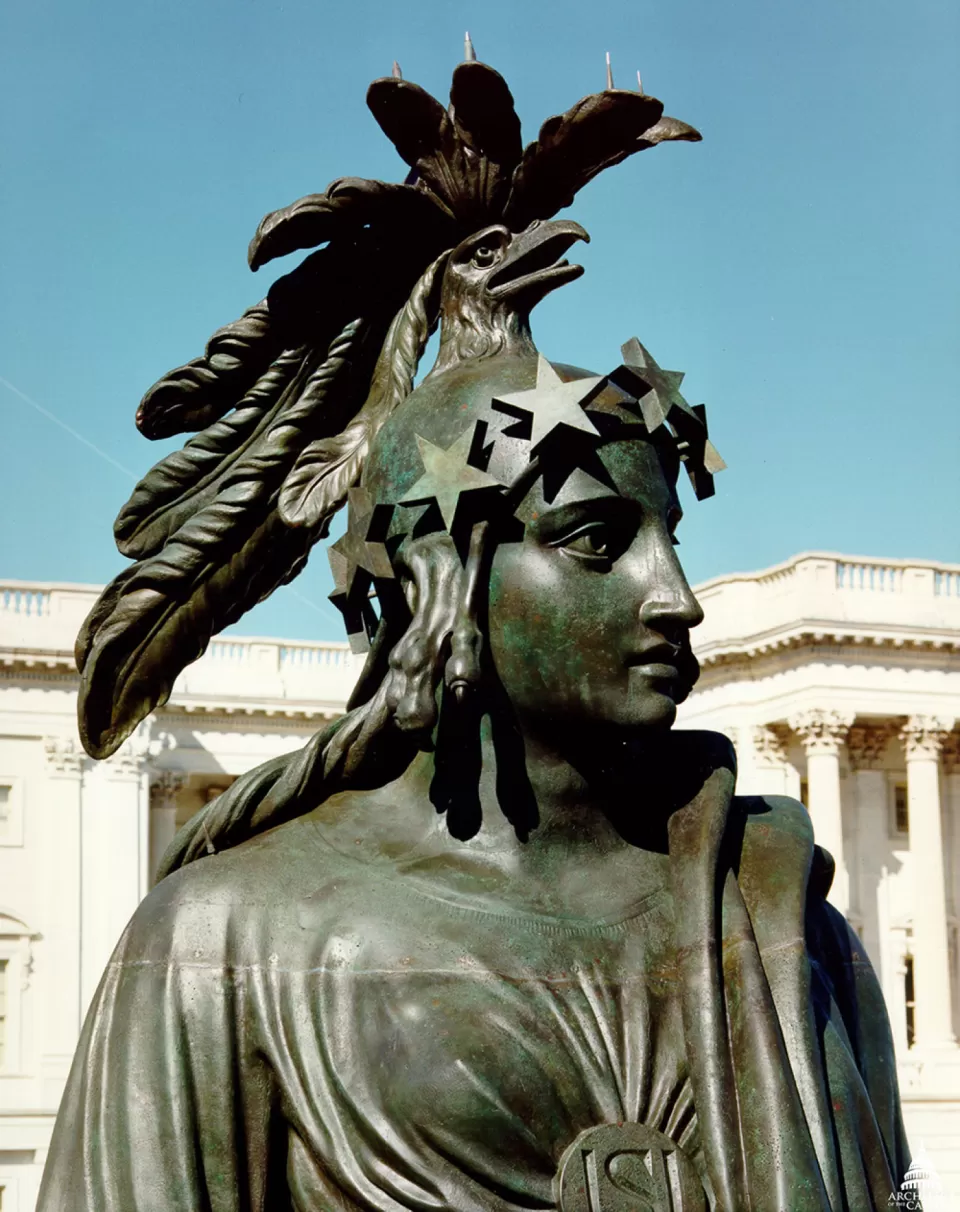
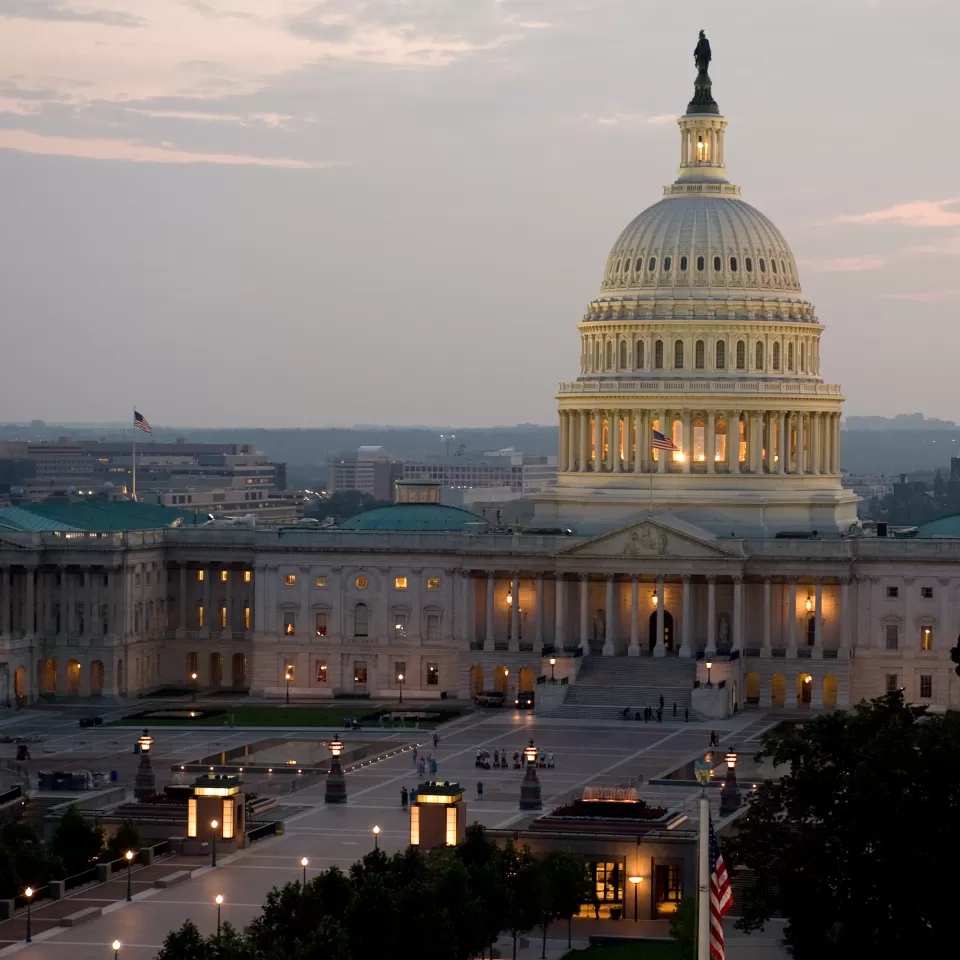
Comments
I love reading and hearing stories like this about our great nation's history!
Thanks for the information. I never knew that part of the history of the building. The Rotunda was an impressive sight during my visit to the building in 1980.I never made it to the Crypt.
Finally, facts about the "General Vestibule". I`ve worked in this building for over 35 years, even been a part of the Labor room employees team responsible for the bringing "The Lincoln catafalque" to the Rotunda. The catafalque was stored in the area directly below the compass in the Crypt floor and we carried it from there, on our shoulders, to the second floor for the ceremony its always been honor to perform that task.
I was priveleged to have a "DOME" tour. Access granted by invitation from a House Representative or Senator. Amazing experience to see the Apotheosis of George Washington up close, the acoustics are awesome at the top. Also got to stand out under Statue of Freedom and see the view of DC from the center of our Nations Capitol building.
Add new comment